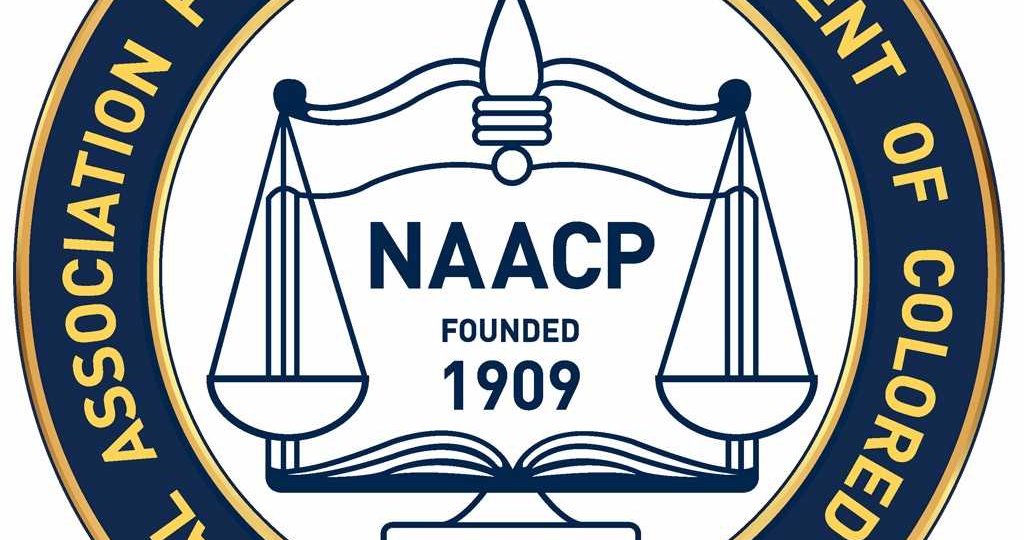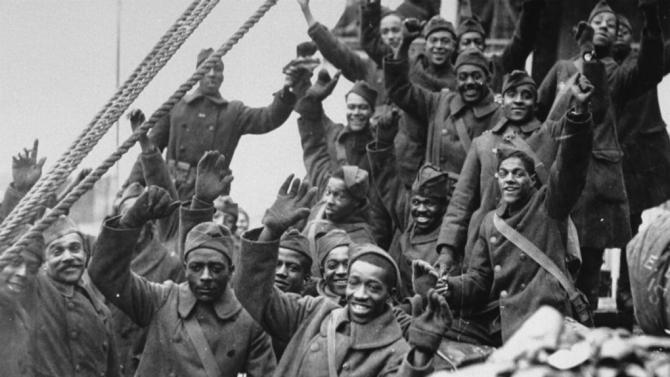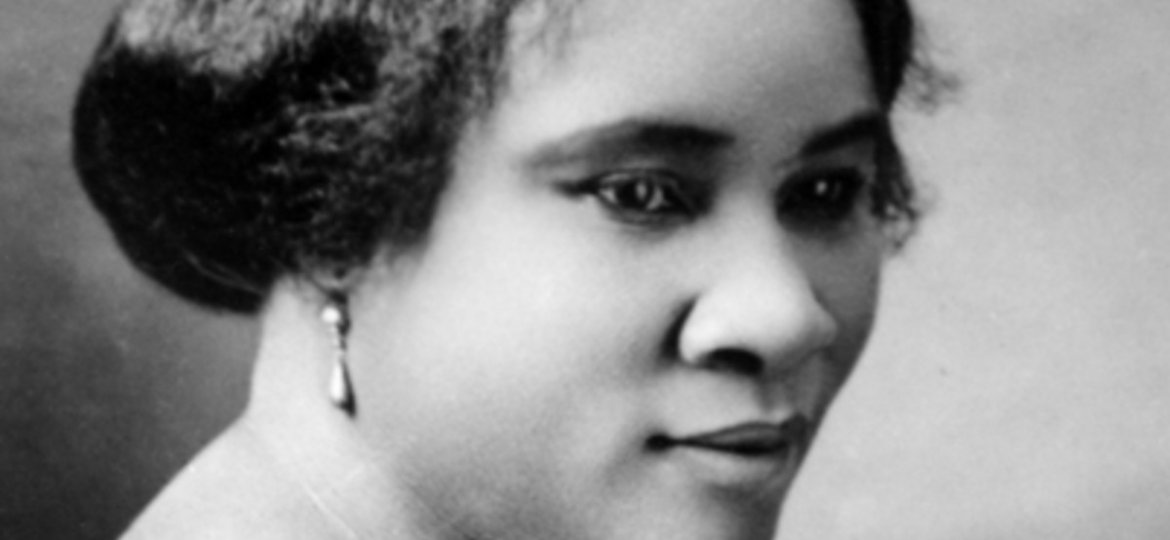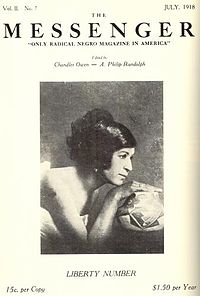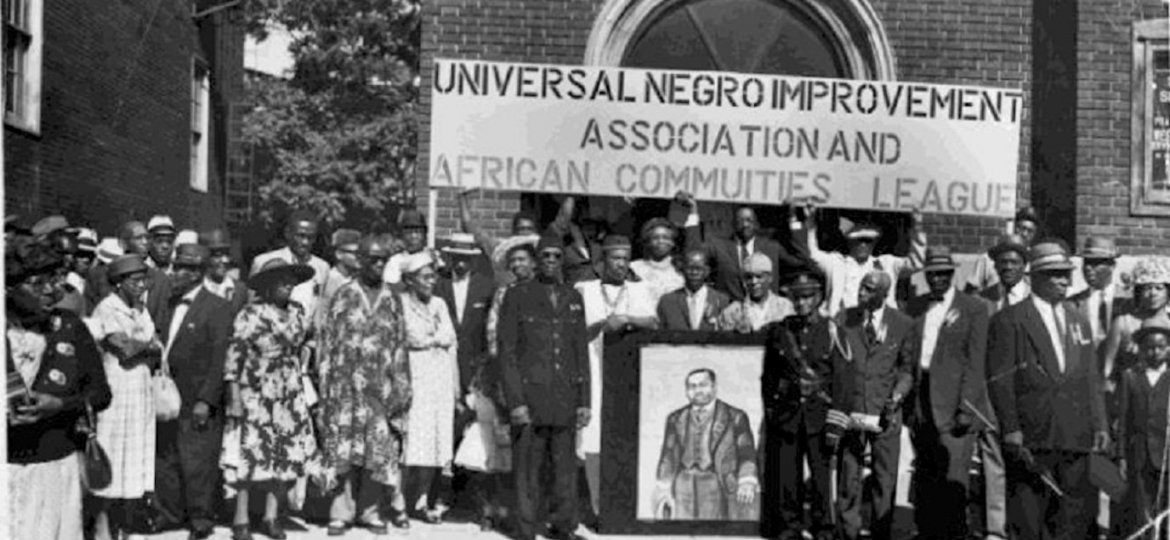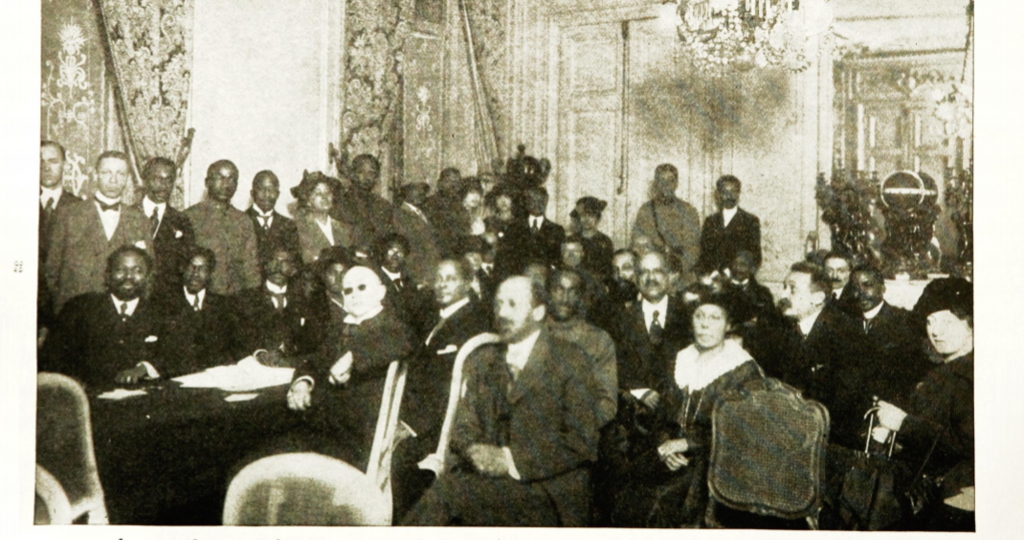Established by a biracial group of activists and intellectuals in response to a series of racially motivated attacks in Springfield, IL, the year before, The National Association for the Advancement of Colored People will take both a social and legal approach to race problems in America.
Harlem Timeline
First Issue of “The Crisis,” a literary magazine first edited by W.E.B. Du Bois, was published.
The book outlines many tenets the New Negro movement will take on.
This all-Black regiment – called the Black Rattlers in the US, The Men of Bronze by the French and The Harlem Hellfighters by the Germans – also has a marching band of renown. The lavish parade thrown upon their return to Harlem marks the beginning of what we refer to as the Harlem Renaissance.
By all accounts the wealthiest Black woman in America, Madam Walker had built a cosmetics empire selling Black cosmetic products to people who hadn’t been considered a market before.
Claude McKay published “Two Sonnets” under the pseudonym Eli Edwards for his first publication. The end of the first of these pleads to the Ancestral Spirit “Lift me to thee out of this alien place So I may be, thine exiled counterpart, The worthy singer of my world and race.”
The magazine raises awareness of workers’ rights among Blacks in the US while challenging both the reactionary Tuskeegee philosophy led by Booker T. Washington and the NAACP, then most closely associated with Du Bois.
The UNIA’s separatist “Back to Africa” Movement’s controversy lay mainly in the sheer power Garvey seemed to wield, as evidenced by their rapidly-increasing membership and lavish parades through Harlem.
10,000-15,000 people march down 5th Avenue in the Silent Parade. The parade marks an important step in the NAACP’s efforts to bring attention to the lynching problem roiling much of the country.
The conference will be repeated periodically for the next several decades, bringing Black leadership from all across the globe to address issues facing people in the African diaspora.


